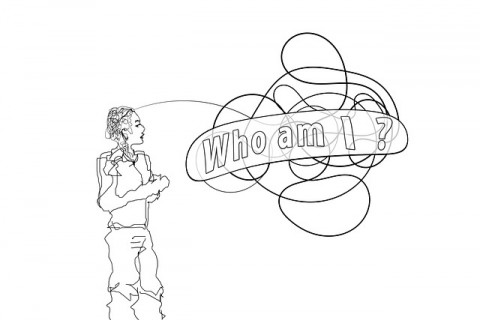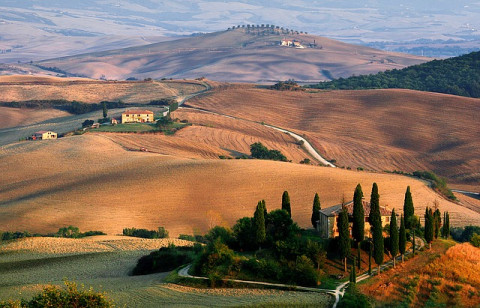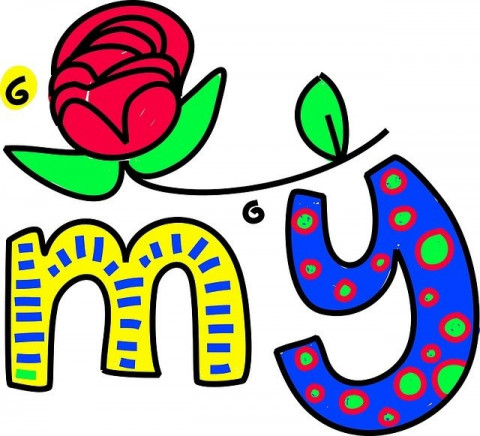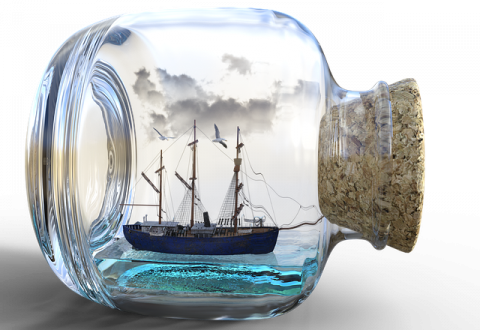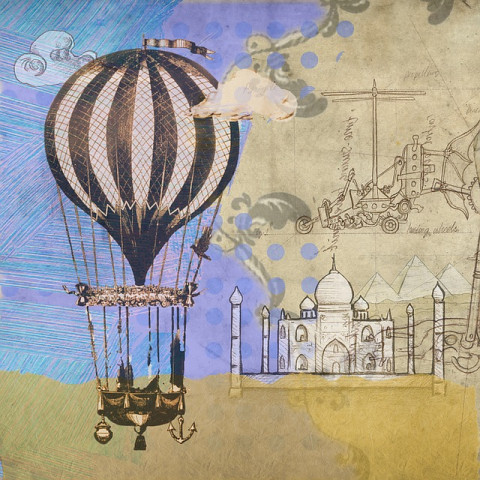Word of the Day: Digital Clothing

photo: ArtsyBee
Digital clothing isn’t made of fabric or anything tangible. The garments are made from pixels rather than textiles, using computer technologies and 3D software. So you’ll never wear an item of digital clothing in real life. Instead, you can browse an online selection of digital clothes and order something you like. Depending on the retailer, you can either send a picture of yourself to a team of 3D designers who will digitally fit the item of clothing on your photo, or you can download and manipulate the files yourself using 3D software, so it’s ready to post online.
